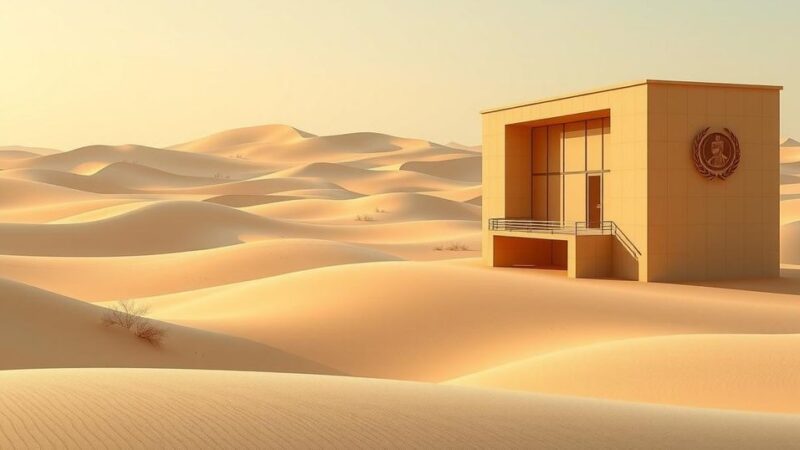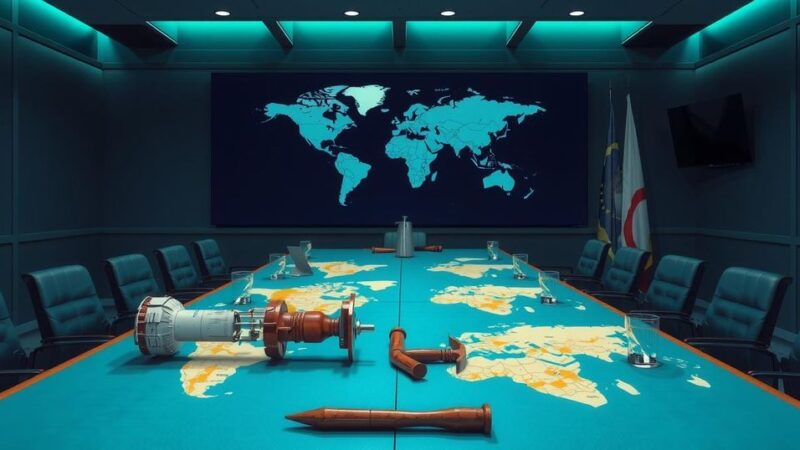The Chaharshanbe Suri festival in Iran experienced tragic violence, resulting in at least 15 deaths and numerous injuries. The event sparked anti-government protests across various cities, reflecting public dissatisfaction with the political regime. Authorities issued warnings against gatherings but could not stem the burgeoning calls for change amid ongoing economic challenges.
Chaharshanbe Suri, Iran’s annual fire festival heralding Nowruz, witnessed a blend of traditional revelries and severe violence on Tuesday night. This year, the festivities, which traditionally involve jumping over bonfires to signify renewal, resulted in the tragic loss of at least 15 lives and more than 1,700 injuries due to various accidents linked to fireworks. Additionally, Tehran’s air quality reached alarmingly hazardous levels, raising significant public health concerns.
In cities like Tehran, Mashhad, and Isfahan, the celebration transformed into a stage for anti-government protests. Participants burned images of Supreme Leader Ali Khamenei and engaged in confrontations with law enforcement, voicing their dissent against the regime. Despite police deployment of tear gas and rubber bullets, protests persisted in both urban and rural areas, demonstrating the widespread sentiment of dissatisfaction among the populace.
Despite warnings from officials against political protests, the fervent participation in the festival underscored the ongoing discontent towards the government. Opposition groups characterized the festivities as “The National Uprising of Flames,” a clear indication of escalating resistance against Iran’s clerical leadership.
Analysts suggest that the pervasive economic distress, rampant inflation, and repressive government actions could signal the potential emergence of a broader movement advocating for political reform in Iran.
The Chaharshanbe Suri celebrations in Iran reveal the complex interplay of tradition and dissent, showcasing a festive occasion marred by tragedy and unrest. With significant loss of life and health risks due to pollution, the event also became a catalyst for political expression against the government. As public discontent grows amidst economic struggles, the situation underscores the potential for larger movements calling for change in Iran’s governance.
Original Source: themedialine.org






